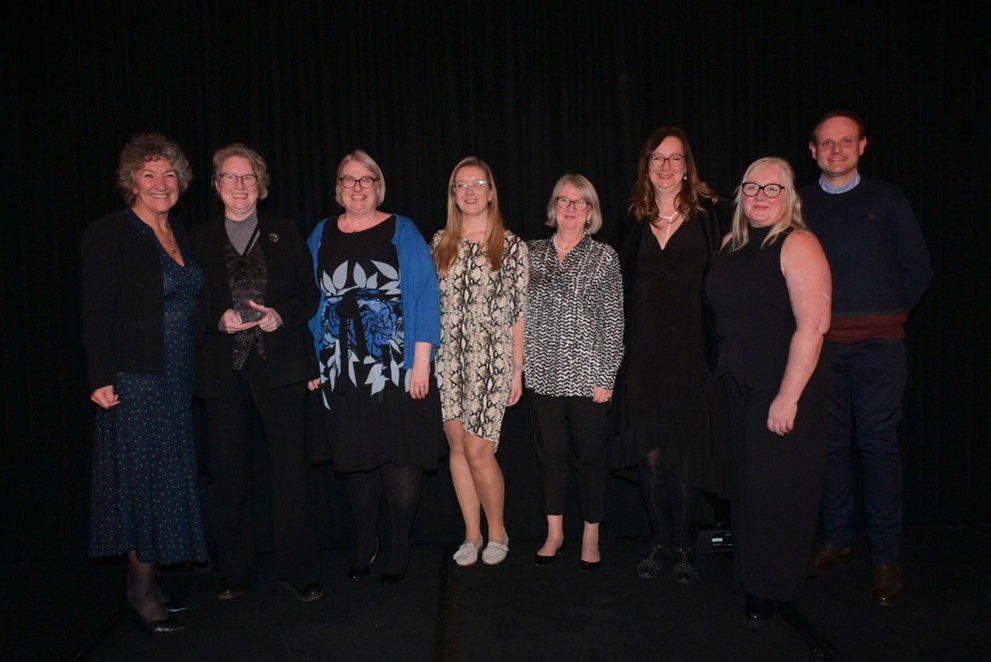Sensitivity analysis lets you explore “what if” scenarios around these inputs.While the Social Value Engine provides standardised proxies, you set your own deflators (deadweight, attribution, displacement, drop-off) and beneficiary numbers.
Please note that sensitivity analysis is not required to create a valid social value calculation. It’s an additional step that some organisations find helpful for building confidence in their results and communicating uncertainty to stakeholders.
When might sensitivity analysis be useful?
Consider using sensitivity analysis if:
- You’re presenting to stakeholders who may question your assumptions
- You have uncertainty about key figures (e.g., exact beneficiary numbers, duration of impact)
- You want to identify which assumptions matter most to your overall results
- You’re seeking funding and want to show you’ve stress-tested your claims
- You’re comparing multiple intervention options and want to understand risk
You probably don’t need sensitivity analysis if:
- You’re conducting a straightforward internal evaluation
- Your assumptions are well-evidenced and widely accepted
- You’re early in program development and need quick directional insights
- Time and resources are limited
How sensitivity analysis works
The Social Value Engine gives you standardised outcome values, but you control:
- Beneficiary numbers – How many people experience each outcome
- Leakage – Benefits going outside your intended target area/population
- Deadweight – What percentage would have happened anyway
- Attribution – How much credit your organisation can claim
- Drop-off – How benefits decline over time
- Displacement – Whether your impact reduces impact elsewhere
- Duration – How many years the impact lasts
Sensitivity analysis means recalculating your social value using different assumptions for these variables to see how results change.
Practical example: Youth Employability Programme
Let’s look at a 6-month training program helping unemployed young people gain employment.
Base case calculation
Outcome: Person moves from unemployment to employment
Social Value Engine proxy: £18,678 per person per year
Your assumptions:
- Beneficiaries: 35 people (70% success rate)
- Duration: 2 years
- Leakage: 0% (all beneficiaries are in target area)
- Deadweight: 15%
- Attribution: 70%
- Drop-off: 25% per year after year 1
- Displacement: 5%
Year 1 value:
£18,678 × 35 × (1 – 0) × (1 – 0.15) × 0.70 × (1 – 0.05) = £349,161
Year 2 value:
£18,678 × 35 × 0.85 × 0.70 × 0.95 × 0.75 = £261,871
Total social value: £611,032
Testing different scenarios
Now manually recalculate using different assumptions:
Scenario 1: conservative success rate
- Change beneficiaries from 35 to 25 people (50% success rate)
- Keep all other assumptions the same
- Result: £436,451 (29% lower)
Scenario 2: lower attribution
- Change attribution from 70% to 50%
- Keep all other assumptions the same
- Result: £436,451 (29% lower)
Scenario 3: shorter duration
- Change duration from 2 years to 1 year only
- Keep all other assumptions the same
- Result: £349,161 (43% lower)
Scenario 4: combined conservative case
- 25 beneficiaries + 50% attribution + 1 year duration
- Result: £156,208 (74% lower)
Scenario 5: optimistic case
- 40 beneficiaries + 85% attribution + 3 years duration
- Result: £1,003,434 (64% higher)
Results Summary Table
| Scenario | Success Rate | Attribution | Duration | Total Value | % Change |
|---|---|---|---|---|---|
| Base Case | 35 (70%) | 70% | 2 years | £611,032 | – |
| Conservative Success | 25 (50%) | 70% | 2 years | £436,451 | -29% |
| Lower Attribution | 35 (70%) | 50% | 2 years | £436,451 | -29% |
| Shorter Duration | 35 (70%) | 70% | 1 year | £349,161 | -43% |
| Combined Conservative | 25 (50%) | 50% | 1 year | £156,208 | -74% |
| Optimistic Case | 40 (80%) | 85% | 3 years | £1,003,434 | +64% |
From this analysis, you learn:
Duration matters most – Whether impact lasts 1, 2, or 3 years creates the biggest swing in results. This suggests it’s worth investing in tracking job retention rates.
Success rate is controllable – The number of beneficiaries who gain employment is something your program can directly influence through design improvements.
You have a credible range – You can confidently say your program generates between £156k (very conservative) and £1m (optimistic), with £611k being most realistic.
How to do this manually
Step 1: Calculate your base case
Use the Social Value Engine to calculate your social value with your best estimates for all variables.
Step 2: Identify key uncertainties
Ask yourself: Which of my assumptions am I least confident about? Which could reasonably be different?
Step 3: Choose 2-4 variables to test
Don’t test everything – focus on the inputs you’re most uncertain about or that stakeholders might question.
Step 4: Define your ranges
For each variable, decide on realistic alternative values:
- Conservative/pessimistic
- Your base case
- Optimistic
Step 5: Recalculate manually
For each scenario, plug the new numbers into your calculation. You can do this in a spreadsheet or even with a calculator.
Step 6: Present your range
When reporting results, you might say:
“Our analysis indicates social value of £611,032. Under conservative assumptions (lower success rates and shorter impact duration), this could be as low as £156,000. With strong program performance, it could reach £1 million.”
Tips for using sensitivity analysis
- Keep it simple – Testing 3-4 scenarios is usually enough.
- Be realistic – Use plausible alternative values, not extreme outliers.
- Focus on what matters – Test variables you’re uncertain about, not ones that are well-evidenced.
- Document your thinking – Note why you chose particular ranges so you can explain your reasoning.
- Use it as a learning tool – Sensitivity analysis often reveals where you need better data or stronger evidence.
Remember
Sensitivity analysis is a tool, not a requirement. Many excellent social value assessments are created without it. Use it when it adds value to your analysis and communication, not because you feel you must.
The Social Value Engine provides robust, standardised proxies. You can apply them thoughtfully to your context, and whether you choose to test different scenarios is entirely up to you and your organisation’s needs.


